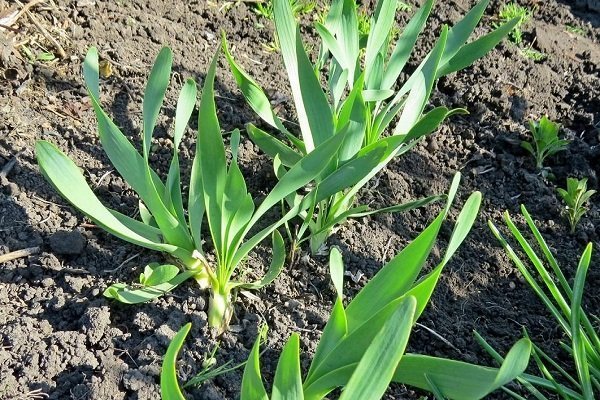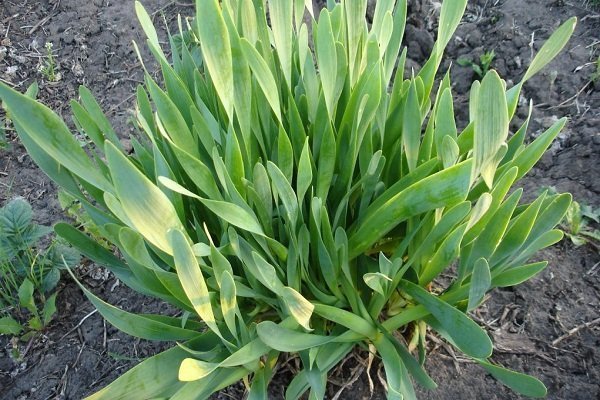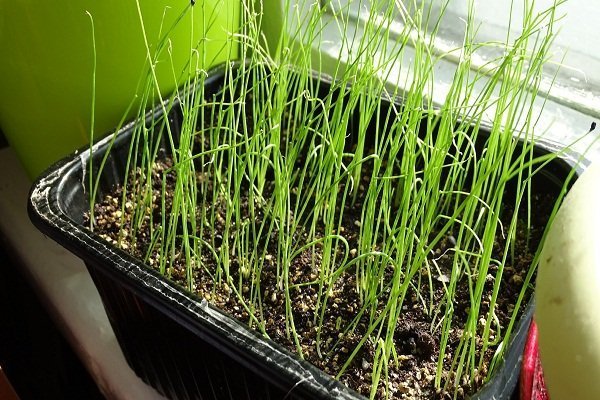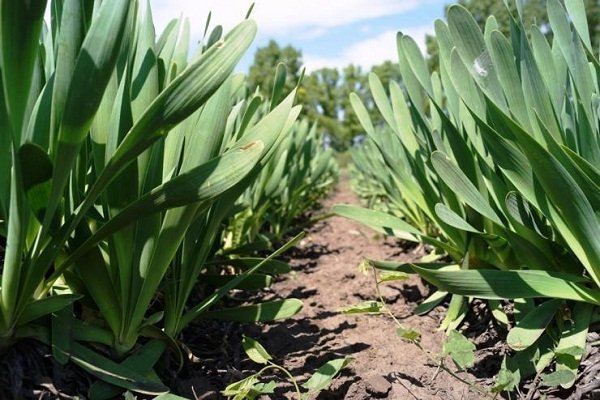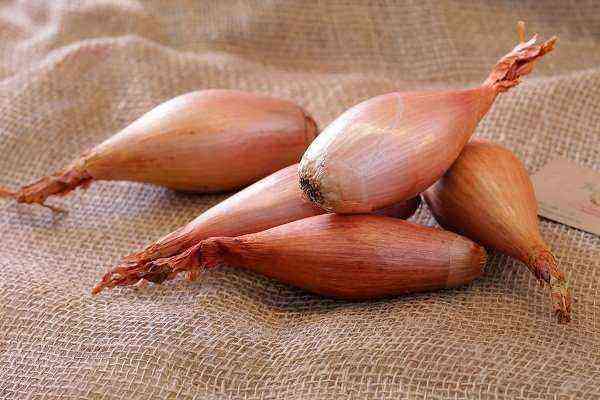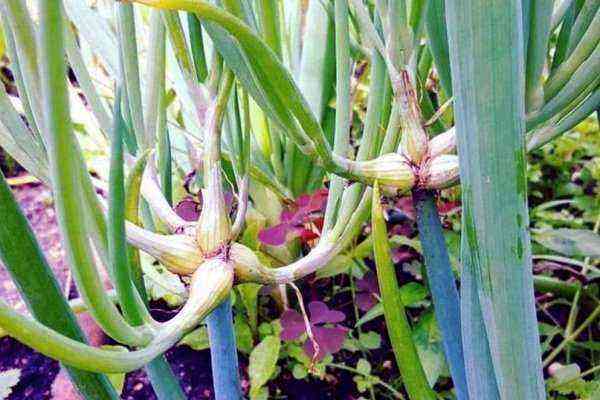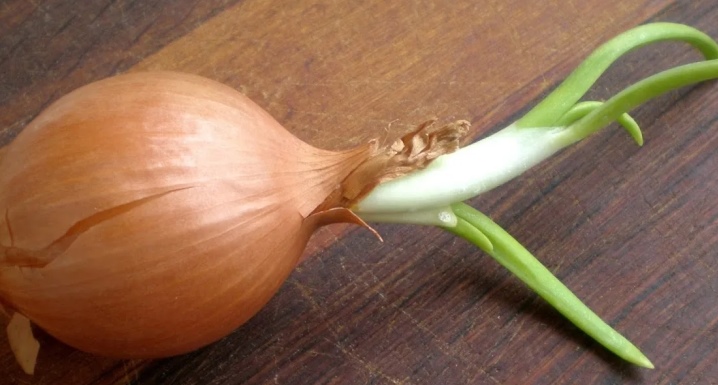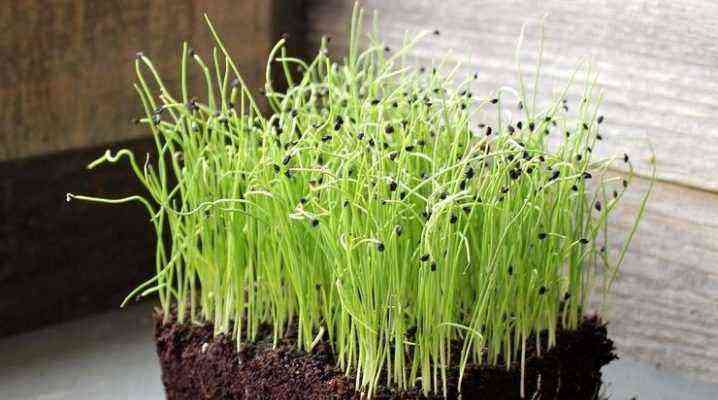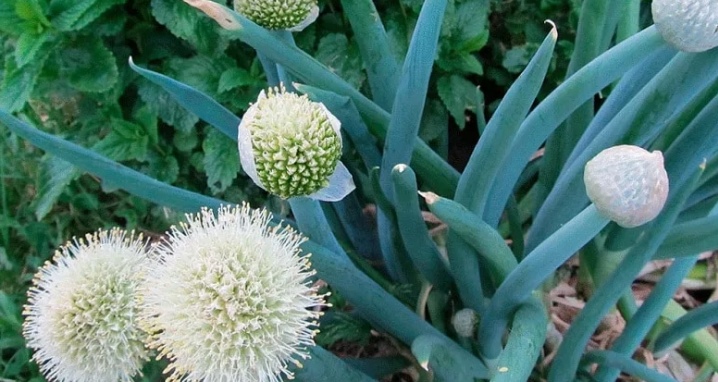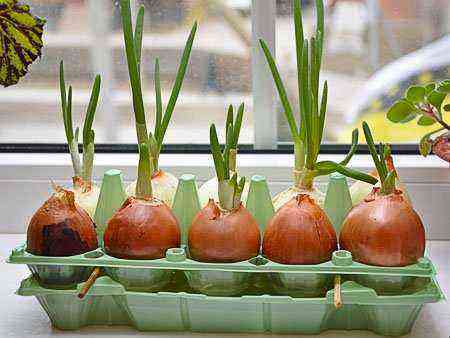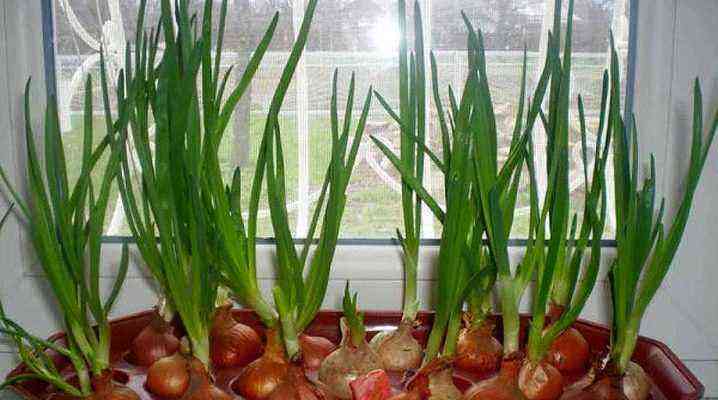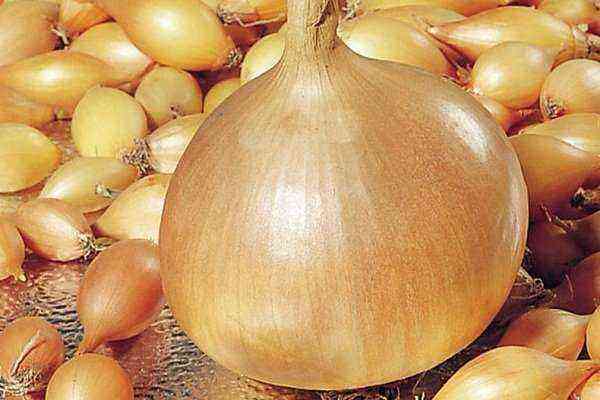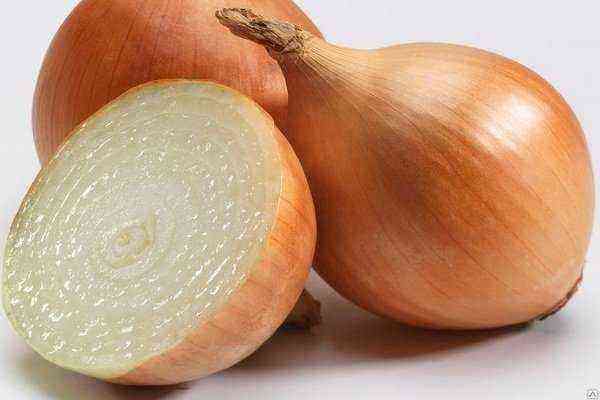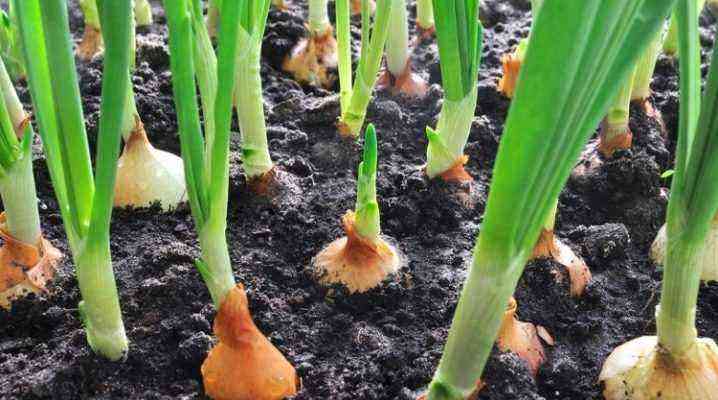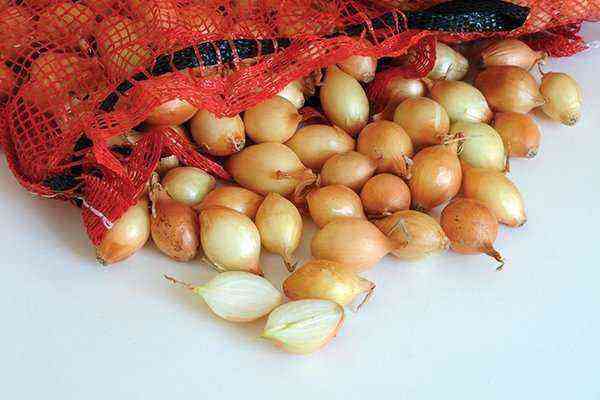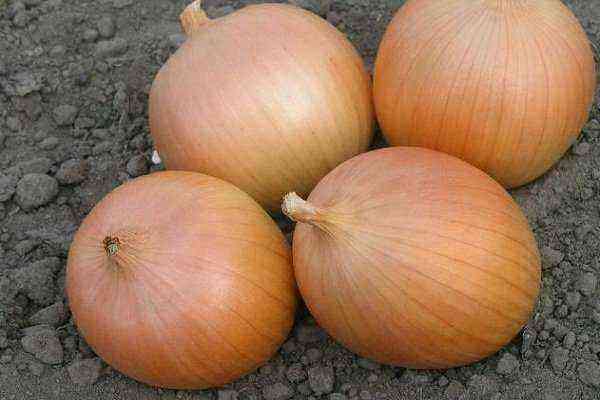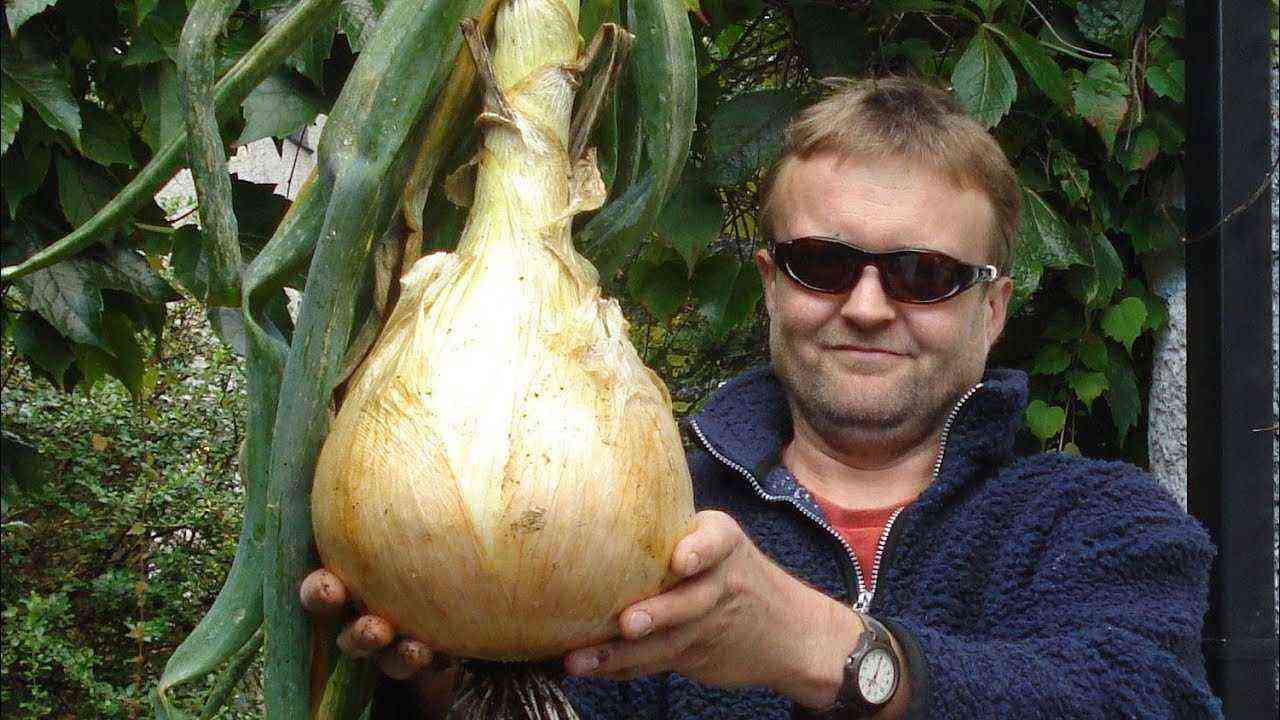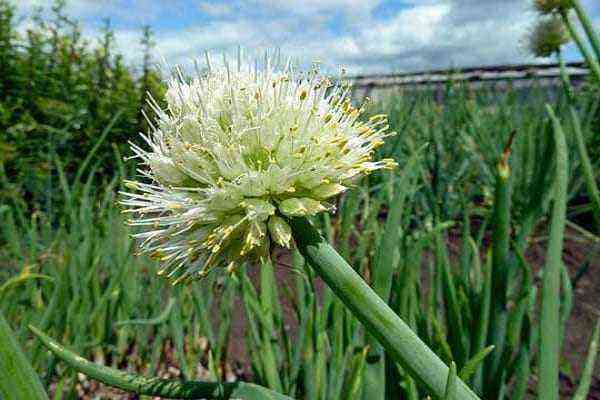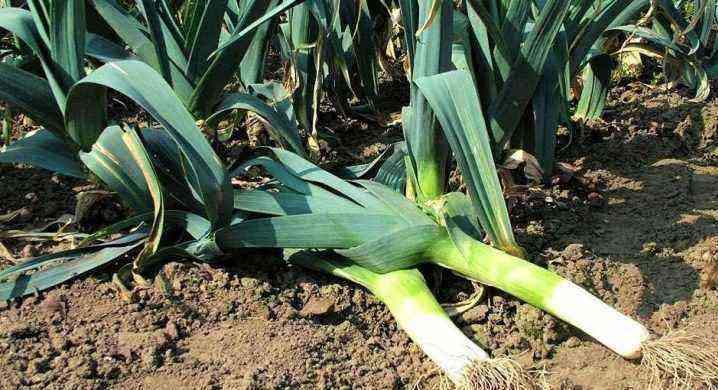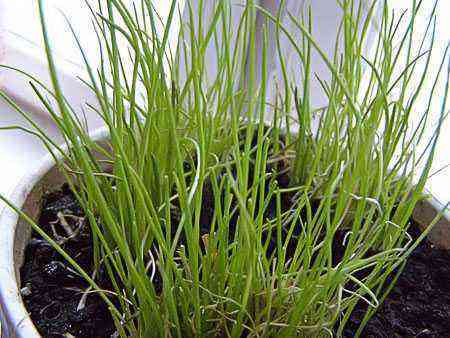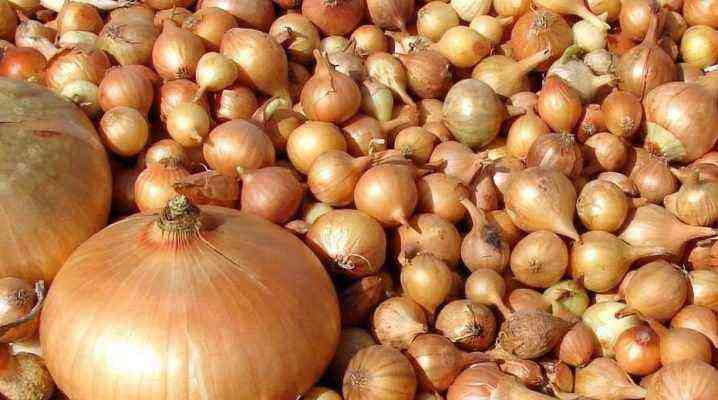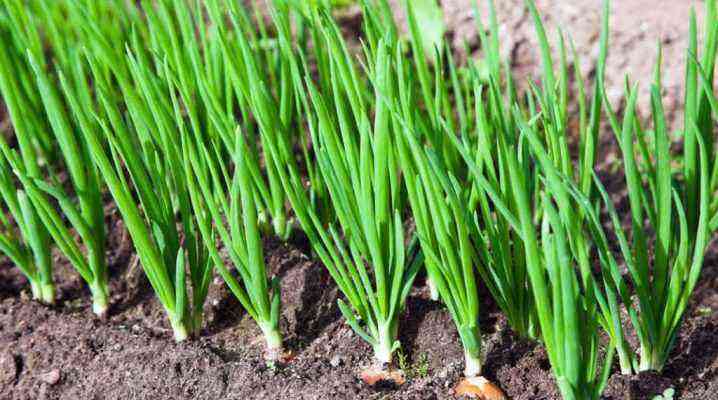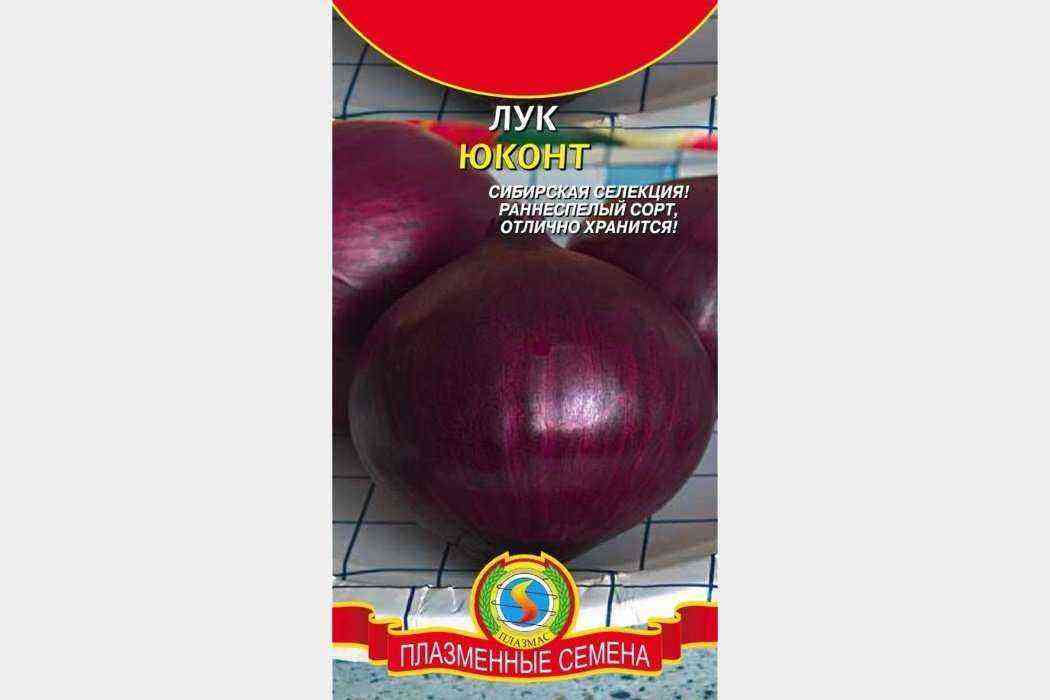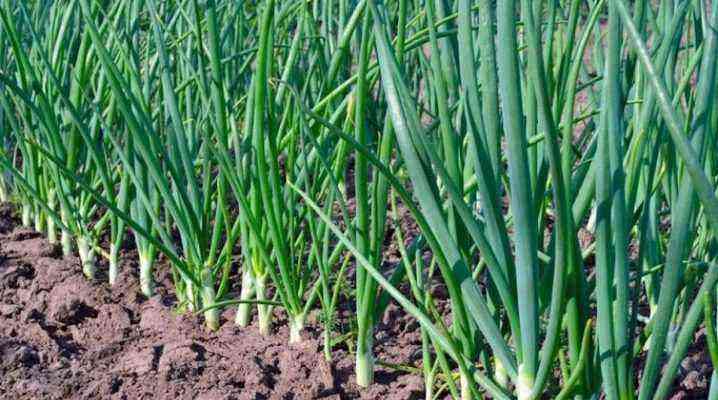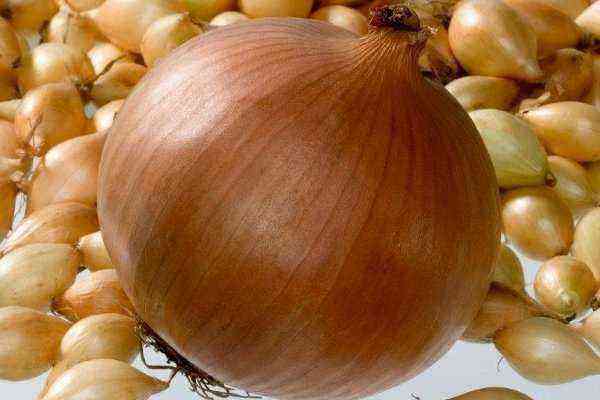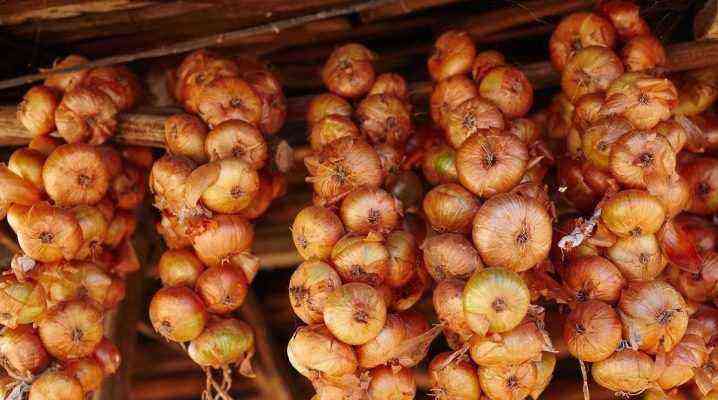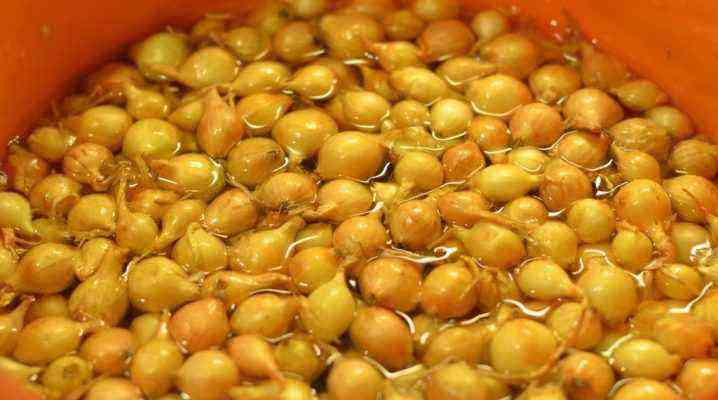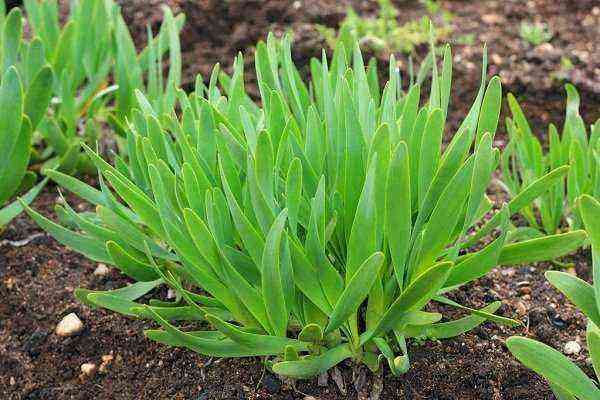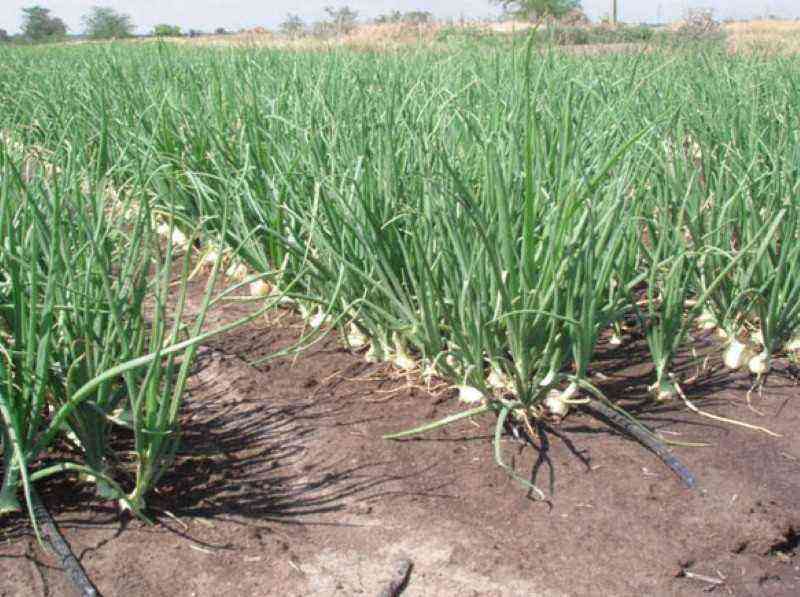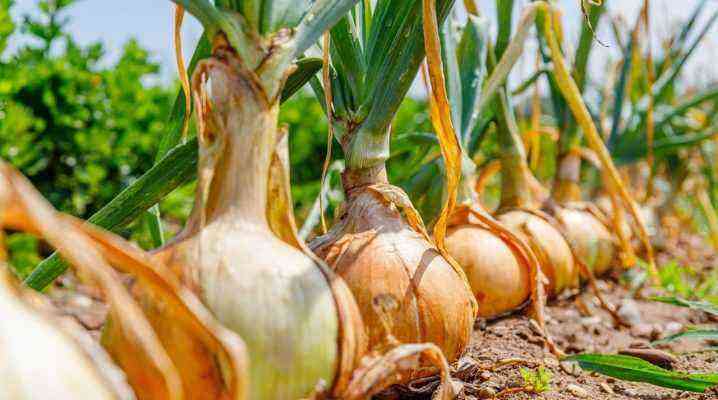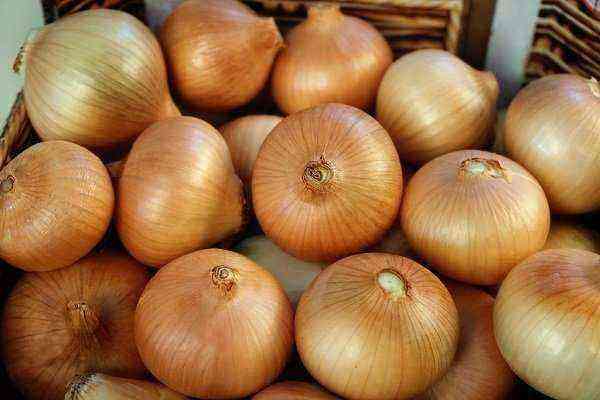The slime onion is also called the drooping onion. The culture is perennial. Onions are called slime because of the mucous juice that stands out at the break of the leaves, as well as the mucous substances in the composition that have healing properties.
Features
In nature, the slug onion prefers steppes, meadow and rocky slopes. It grows in Siberia, in the southeast of European Russia and in Central Asia.
The plant has the following characteristics:
- stem height – up to 70 cm;
- before flowering, the stem is drooping, and with its beginning it straightens;
- 6-8 leaves are formed up to 30 cm long and 4 cm wide;
- greens are fragile and juicy, the taste is usually slightly spicy with garlic notes;
- early vegetation – begins after the snow melts, the culture provides the earliest greens for the table in the garden;
- flowering in the 2nd or 3rd year of life;
- the formation of beautiful spherical inflorescences – whitish-pink, lilac, purple;
- frost resistance;
- moisture-loving;
- the formation of bulbs up to 1,5-2 cm in size – are false, unsuitable for food;
- reproduction in various ways – by seeds, dividing the bush;
- cultivation in one place for 3-6 years.
The young leaves of the slime onion are mainly eaten. They are used as greens mainly for salads, as well as spices for other dishes.
Popular varieties
There are different varieties of slime onions, but the following are the most popular:
When choosing a variety, you should take into account the climatic features of your region. This mainly concerns the period of maturation of the culture.
Optimal growing conditions
Slime onions can be grown in open ground, greenhouses or greenhouses or various containers – boxes, pots. In any case, one must remember the need for sufficient space, as the culture grows strongly.
For successful cultivation, other conditions must be observed:
- Following the rules of crop rotation. It is good to plant a slime onion after cucumbers, cabbage, tomatoes, potatoes and other nightshades. Landing is also effective after green manure. Any representatives of the Onion family are bad predecessors.
- sunny plot. The culture is frost-resistant and shade-tolerant, but it also loves warmth with light.
- Exclusion of moisture stagnation. It is better to choose an elevated area without a close occurrence of groundwater. Excess moisture adversely affects the root system of the crop and can provoke the death of the entire plant.
The proximity of the slime onion with its onion counterpart is not recommended. This may affect the taste of the culture.
The onion-slizun is unpretentious to the features of the soil. The culture prefers loamy soils. The level of acidity matters. It may not affect the growth and development of culture, but it affects the taste of greens, giving it undesirable bitterness. If the soil is acidic, then dolomite flour, chalk or lime should be added to it.
The slime onion is a frost-resistant plant, so it is not required to dig it out for the winter. This measure is resorted to if you want to get fresh greens in the winter. In this case, you need to dig up the rhizomes and plant them in containers or boxes.
Special shelter for the winter for the slug onion in the open field is not required. You can cover it with grass or leaves if the winters are quite severe.
Landing
You can plant a slime onion in many ways. If such a culture already exists on the site and is in good condition, then it can be propagated by dividing the bush. Seeds are needed for the first planting.
Seeds
The culture can be planted with seeds in open ground. Work does not begin until the end of April. You can plant a crop until mid-summer.
You need to act according to the following algorithm:
- Prepare planting material. For disinfection, it is necessary to lower it into a solution of potassium permanganate for a quarter of an hour. It is also recommended to use a growth stimulator – you need to act according to the instructions.
- germinate seeds. To do this, they must be placed in a damp cloth, periodically moistening it so that it does not dry out.
- Prepare site for planting. The earth should be dug up with compost or rotted manure since autumn. In the spring, you need to loosen the soil and level it. Make furrows 1,5-2 cm deep, leaving 20-30 cm between rows, and water them.
- Sow the seeds. If the seeds are sown in April, it is recommended to organize a shelter. It is enough to cover the beds with a film or other covering material. The culture is frost-resistant, but has not yet had time to take root, so frosts are dangerous for it.
As the crop grows, it is necessary to thin out the seedlings. As a result, at least 15 cm should remain between neighboring plants.
Seedlings
Onion seedlings can be grown in plastic containers, boxes, pots, cups. Seeds should be sown in late February or early March.
You need to act according to the following algorithm:
- Prepare planting material. To make the seeds germinate faster, it is recommended to soak them for a day in warm water. After that, it is necessary to dry the raw material.
- Prepare containers for planting. It is necessary to fill them with earth and make grooves. Deepen a maximum of 1 cm. Water the furrow immediately before planting.
- Sow the seeds. It is not necessary to deepen them, it is enough to sprinkle with a layer of soil.
- Close containers with glass or film. Shelter is required for culture only before germination. At this time, you need to keep it in a warm place.
- When sprouts appear, place containers with seedlings in a place with good lighting.. If necessary, use additional light sources.
- Picks. It should be carried out as needed if the landing is too thick. It is better to carry out a pick in several stages, leaving only the strongest and healthiest specimens.
- Watering. Seedlings should be watered sparingly. Adjust the frequency of watering according to the condition of the soil.
- Hardening. This stage should begin 1-1,5 weeks before planting in open ground. The first time the seedlings should be taken out into the fresh air and left for a quarter of an hour. This time should be gradually increased.
When planting in open ground, it is recommended to leave at least 15 cm between adjacent plants, and 20-30 cm between rows.
By dividing the bush
This method of propagation is suitable for plants that are at least 3 years old. Only a strong and healthy bush can be divided. You can do this in autumn or spring. If all the work is done in the fall, then in early spring the planted bushes will already give the first greenery.
You need to act according to the following algorithm:
- Carefully dig out the bush. In this case, you should try to avoid damage to the root system.
- Divide the bush into several parts. It is necessary to focus on the number of bulbs. There must be at least 3 on each part.
- shorten the roots. They need to be trimmed quite a bit.
- Plant parts of the bush in pre-prepared holes, sprinkle with earth.
The attractiveness of this method of propagation of the slime onion lies in the rejuvenation of the culture. The plant, as it ages naturally, begins to degenerate, which affects the abundance of greenery and its taste.
Outdoor plant care
Cultivation of a slime onion implies the need for comprehensive care.
Watering
The culture needs regular but moderate watering. With a lack of moisture, the quality of greenery suffers – it becomes coarse and less juicy. The frequency of watering should be guided by the condition of the soil. When the soil dries out by 2-3 cm, then it’s time to water the beds.
Watering should be stopped in August-September after the last cut of greenery.
Additional fertilizing
For good growth and development, the onion-slizun requires several top dressings:
- in autumn it is necessary to apply organic fertilizers – compost, rotted manure;
- spring after the snow melts, they resort to complex fertilizers suitable for this crop – you need to dissolve 20 g of the product in a bucket of water;
- in summer time it is useful to use urea for feeding.
Weeding and loosening
Moisture should not be allowed to stagnate at the roots of the plant, so you need to regularly loosen the soil. It is better to do this after watering, and every time. The soil should also be loosened after rain. Loosening provides not only better penetration of moisture into the soil, but also oxygen access to the root system.
An important step in the cultivation of slime onions is the regular elimination of weeds. Without timely weeding, weeds will draw out the nutrients that the crop itself needs, so its growth and development will slow down. The plant will begin to wither and may die.
Additionally resort to mulching. This technique allows you to retain moisture. Mowed grass can be used as mulch, which then becomes an excellent fertilizer.
Pest and disease control
Slime onions are resistant to many diseases and pests, so if you follow the rules of crop rotation and cultivation, problems usually do not arise.
One of the most common problems is the onion fly. Harm the plant larvae, devouring it from the inside. Prevention is dusting with tobacco dust, processing with wood ash. It is also useful to use a solution of laundry soap for irrigation – it also protects against other pests.
When affected by fungal diseases, fungicides should be used. To prevent bacterial and viral diseases, it is useful to use a weak solution of potassium permanganate. They should water the ground, as well as process cuts after harvest. When processing, it is necessary to act carefully so that heavily cut areas do not moisten.
The condition of the landings should be regularly inspected. When signs of diseases and pests appear, appropriate measures should be taken immediately. In most cases, affected specimens must be removed and burned.
Harvesting and storage of crops
Specific harvesting dates depend on the variety of slime onion. Several cuts are made during the season.
The first cut is done when the leaves are 25-30 cm long. The next crop can be harvested in 4-6 weeks. The last cut is in September. After that, the plant does not need to be touched so that it accumulates strength for wintering.
In total, 3-5 cuts are carried out per season. Not only do they provide delicious and tender greens to the table, but they also encourage leaf growth and bush expansion.
When planting a slime onion in the spring, you can harvest the next year. The same terms are for winter sowing.
Cutting is recommended in wet weather. Cut greens are not stored for a long time even in the refrigerator. It can stay up to 2 weeks. The pen should be placed in plastic bags.
For longer storage of the crop, you do not need to cut the feather, but dig it out along with the bulbs. In this form, it is better to put it in boxes. They should be stored in a cellar or basement.
An overview of the slime onion can be seen in the following video:
The slime onion provides the earliest greens, the healing properties of which make it useful in various diseases. With proper care, the culture will successfully grow for several years in one place and produce several crops a year.

